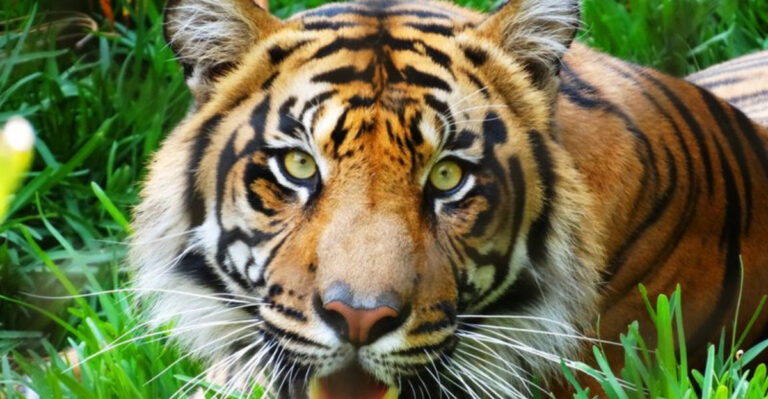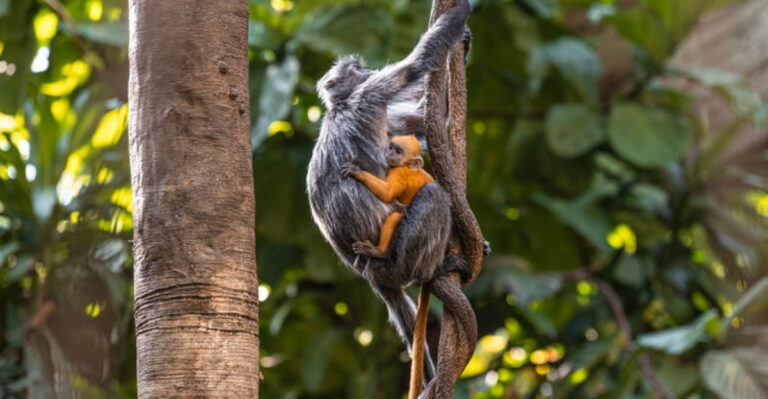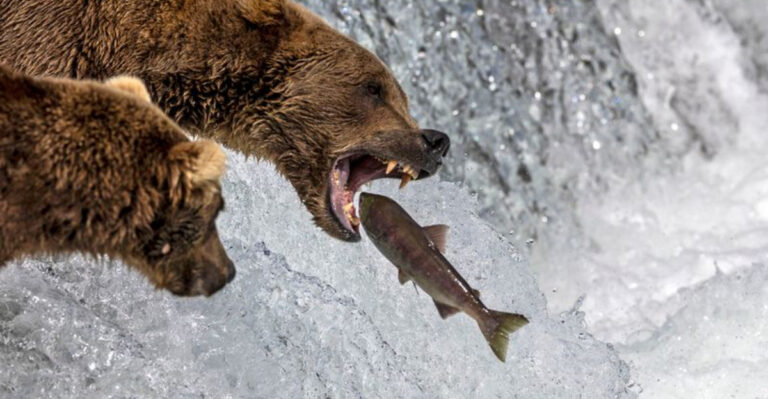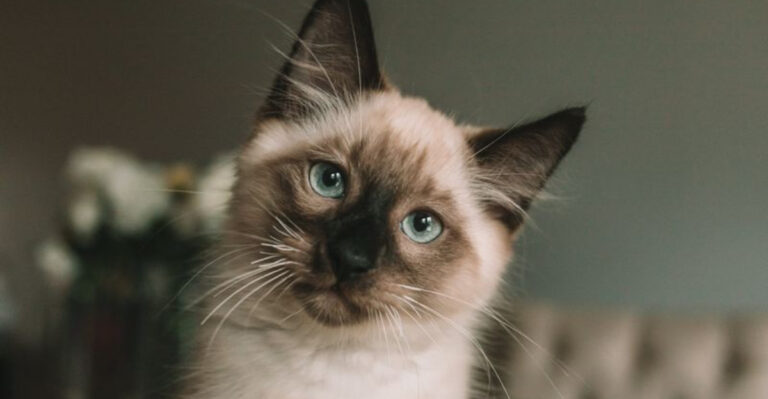16 Wild Animals That Adopt Orphans From Other Animals
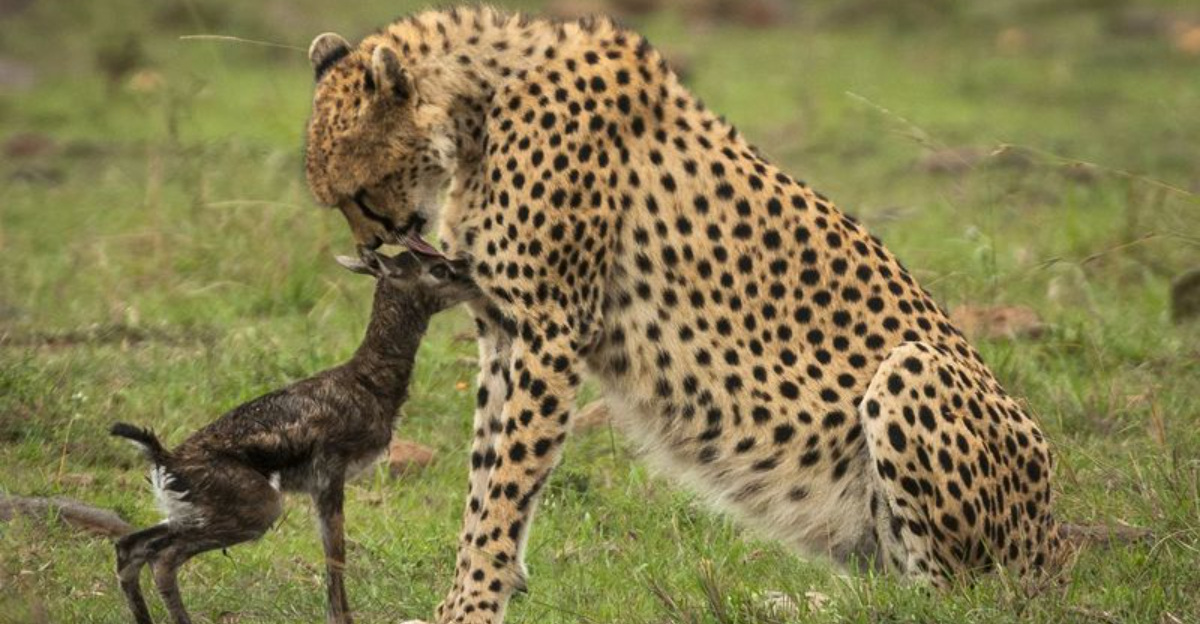
In the animal kingdom, maternal instinct sometimes transcends species boundaries in remarkable ways. When orphaned baby animals find themselves alone in the wild, unexpected foster parents can emerge from completely different species.
These heartwarming stories of interspecies adoption challenge our understanding of animal behavior and reveal the deep capacity for nurturing that exists throughout nature.
1. Lionesses Raising Orphaned Leopards
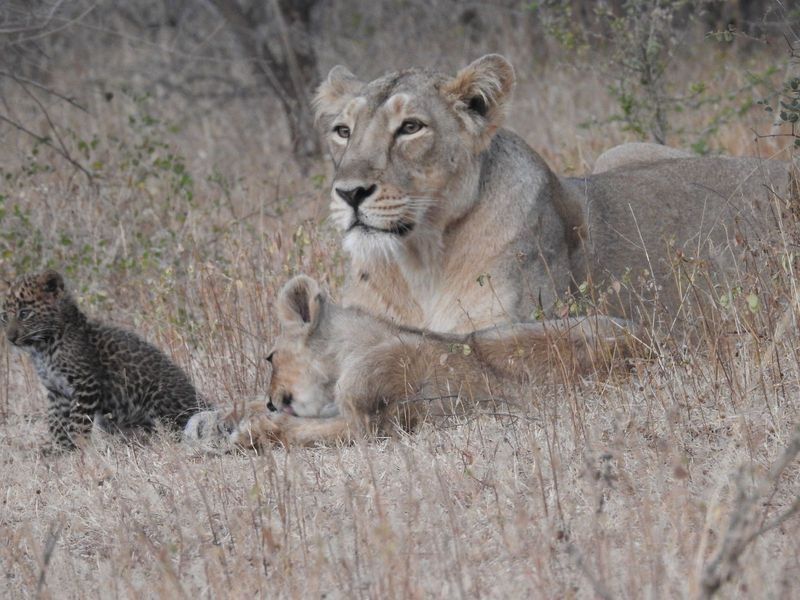
Female lions occasionally take in baby leopards despite the natural competition between these big cats. This rare phenomenon puzzles scientists, as lionesses typically view leopards as threats to their own cubs.
The adoptive behavior might stem from powerful maternal hormones overriding competitive instincts. While these cross-species relationships rarely last into adulthood, they provide crucial survival support during vulnerable early months.
2. Sperm Whales Welcome Deformed Dolphin
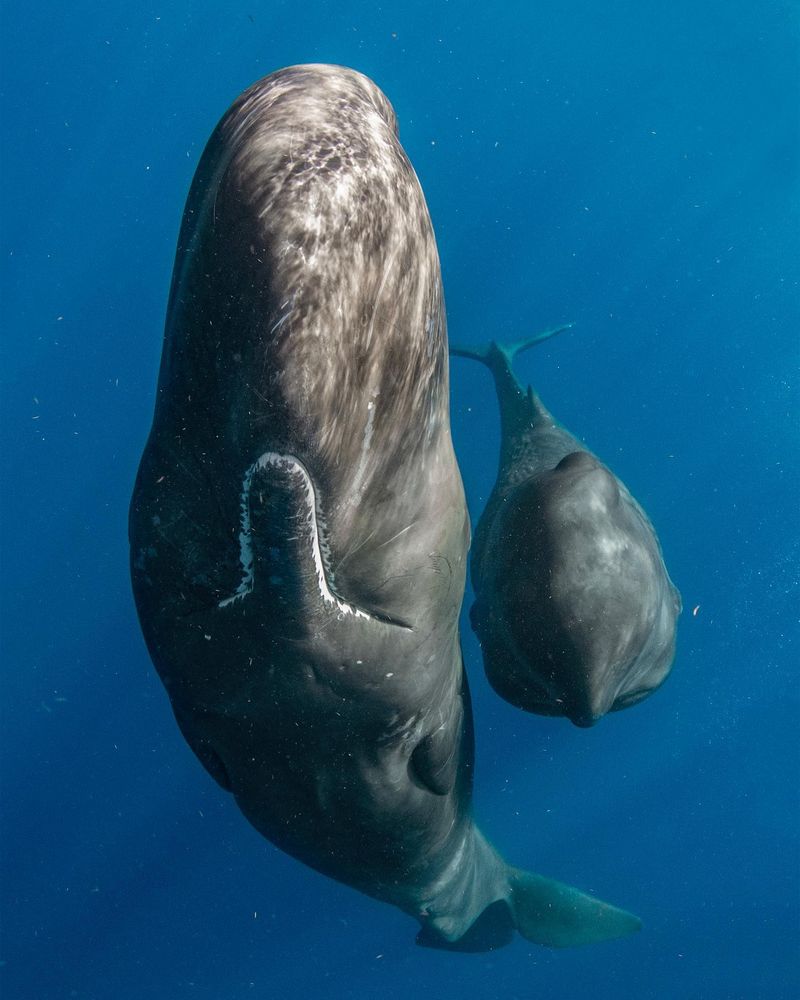
Marine biologists documented an extraordinary case of sperm whales accepting a bottlenose dolphin with a spinal deformity into their pod. The dolphin, unable to swim properly with its own kind, found refuge among these gentle giants.
The whales adjusted their deep-diving behaviors to accommodate their adopted companion. Researchers believe this rare cross-species bond formed because the dolphin’s deformity made it move more like a whale calf than an adult dolphin.
3. Capuchin Monkeys Raising Marmoset Babies
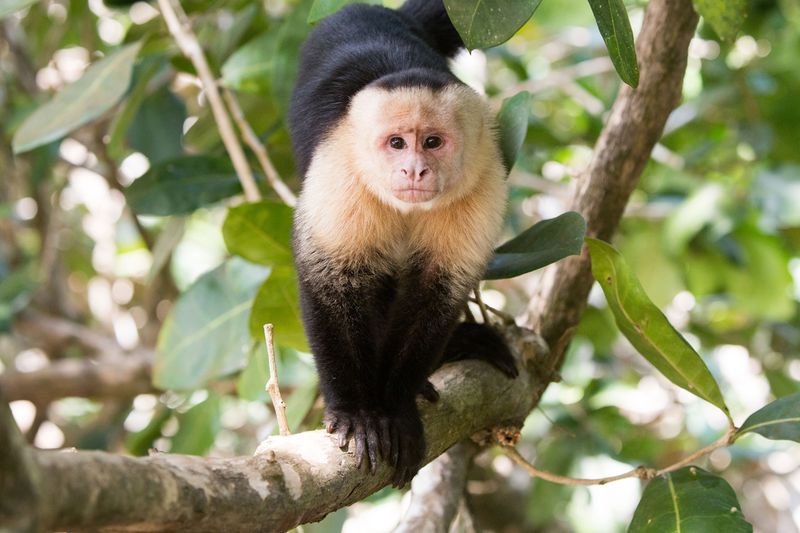
Capuchin monkeys in South American rainforests occasionally adopt abandoned marmoset infants. The size difference between these primates makes the relationship particularly striking – adult marmosets weigh just one pound while capuchins can reach ten pounds.
Female capuchins carry the tiny marmosets on their backs alongside their own young. They even adjust their feeding techniques to accommodate the smaller mouths of their adopted babies.
4. Bottlenose Dolphins Protecting Pilot Whale Calves

Bottlenose dolphins have been observed adopting orphaned pilot whale calves after mass strandings separated the babies from their pods. The dolphins form protective circles around the young whales, guiding them through ocean currents.
Remarkably, female dolphins may even nurse the whale calves despite the species difference. These adoptions can last for years, with the young whales fully integrating into dolphin social structures and communication patterns.
5. Rhesus Macaques Caring For Abandoned Puppies
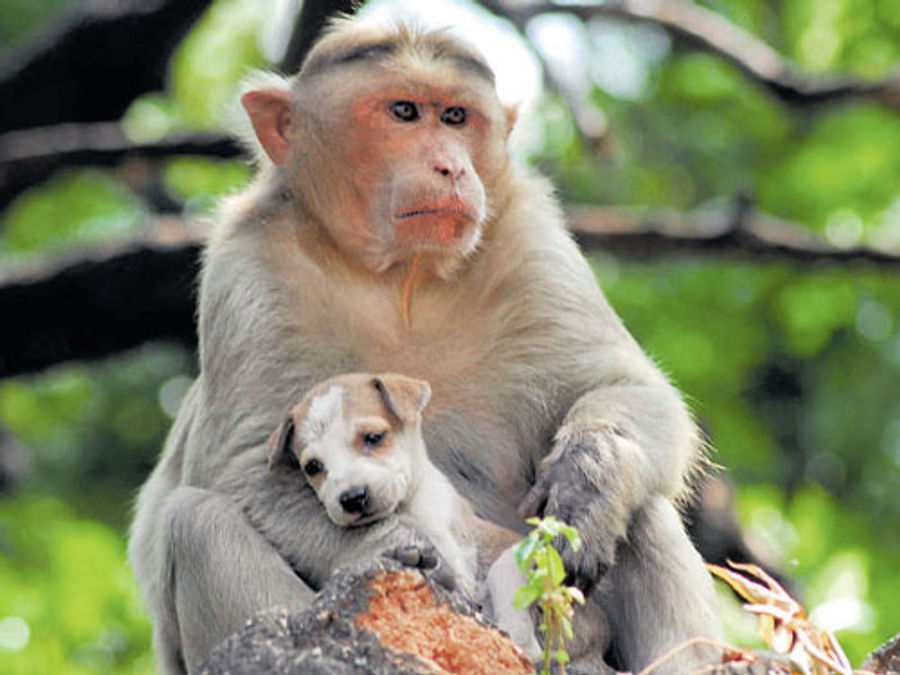
In parts of India, wild rhesus macaques have been documented adopting stray puppies. These monkeys groom, protect, and share food with their canine adoptees, treating them as members of their troop.
The relationship benefits both species – puppies receive protection from predators, while macaques gain loyal companions that later help guard against threats. Local observers report these unlikely families can remain bonded for the puppies’ entire lives.
6. Barn Owls Raising Ducklings
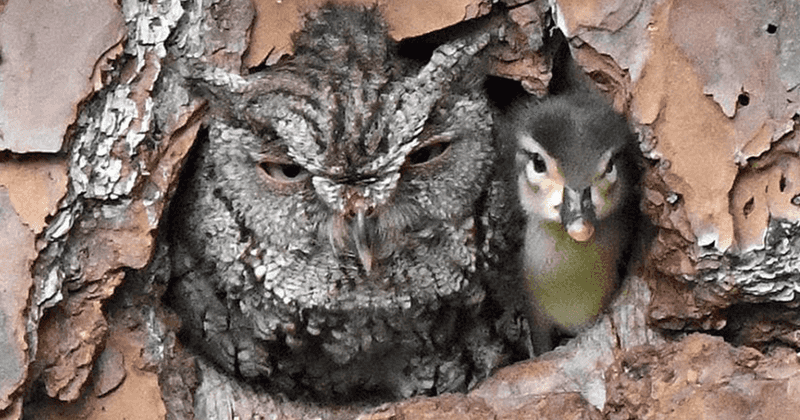
Farm owners have witnessed barn owls accepting duck eggs into their nests after mother ducks abandoned them. Against all odds, these nocturnal predators incubate the eggs alongside their own.
When the ducklings hatch, the owls feed them regurgitated mice – not ideal duckling food, but enough to sustain them. The real challenge comes when the water-loving ducklings instinctively head for ponds while their confused owl parents watch from dry land.
7. Gorillas Mothering Kittens
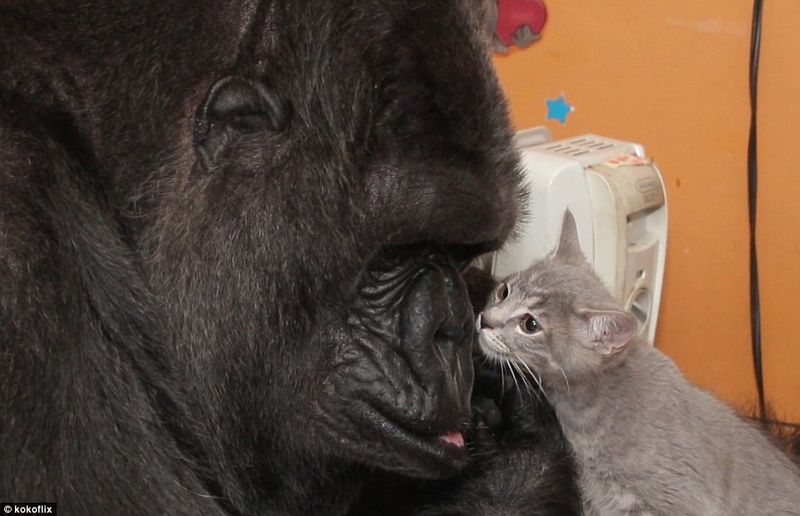
Zoo gorillas have shown remarkable tenderness toward orphaned kittens introduced to their enclosures. Female gorillas cradle the tiny felines against their chests, mimicking how they carry their own infants.
Koko, the famous sign-language-using gorilla, adopted multiple kittens throughout her life. She named them, treated them gently, and showed genuine distress when separated from her feline “babies” – demonstrating emotional bonds crossing the primate-feline divide.
8. Wolves Raising Bear Cubs

Finnish wildlife photographers captured the astonishing sight of a wolf pack caring for an orphaned brown bear cub. The wolves, natural predators of bear cubs, instead integrated this orphan into their pack structure.
The young bear learned wolf behaviors – hunting in formation and communicating through howls. Scientists theorize that the wolves’ strong pack mentality sometimes overrides predatory instincts when they encounter vulnerable, non-threatening cubs during non-competitive seasons.
9. Eagles Nurturing Hawk Nestlings
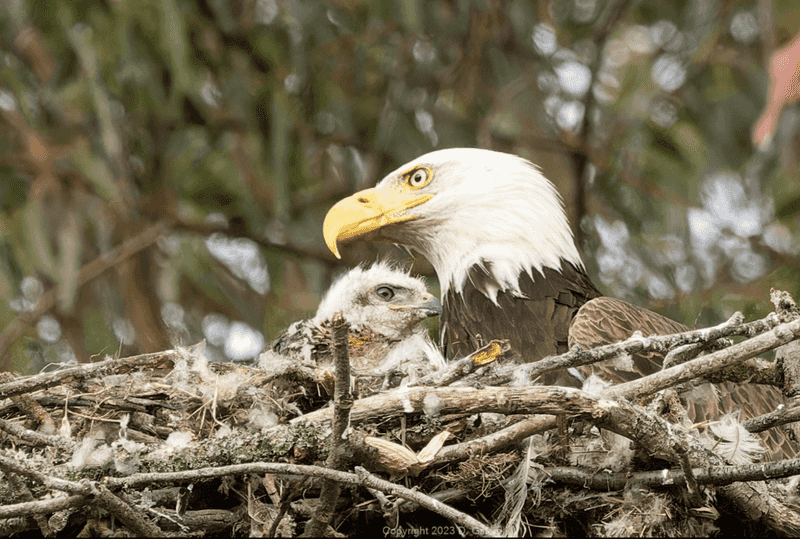
Bald eagles occasionally adopt red-tailed hawk chicks that end up in their massive nests. Despite being natural competitors, these apex predators feed and protect the smaller raptors as their own.
The hawk chicks must adapt quickly to eagle parenting styles – including being fed larger prey pieces and enduring rougher nest conditions. Wildlife rehabilitators report that these cross-species adoptions succeed because both birds share similar dietary needs and parenting behaviors.
10. Orangutans Befriending Tiger Cubs
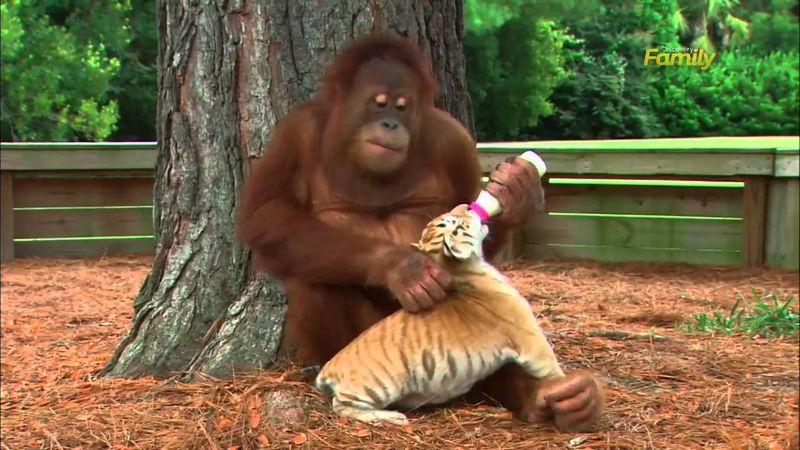
At wildlife sanctuaries, orphaned orangutans and tiger cubs form unexpected bonds. The gentle apes often initiate these relationships, approaching tiger babies with curiosity rather than fear.
Caretakers observe orangutans sharing food, engaging in play, and even sleeping curled up with their striped companions. Though separated as the tigers mature and their predatory instincts develop, these early cross-species friendships help both orphans overcome trauma from losing their mothers.
11. Hippos Guarding Baby Crocodiles

In African waterways, hippopotamuses have been observed allowing baby crocodiles to ride on their backs – despite adult crocodiles being among hippos’ few natural enemies. The massive mammals seem to recognize the helplessness of the hatchlings.
Male hippos show particularly surprising protective behaviors toward these reptilian hitchhikers. Researchers speculate this unusual tolerance may stem from the crocodiles’ role in cleaning parasites from hippo skin, creating a mutually beneficial relationship from an early age.
12. Harbor Seals Raising Sea Otter Pups
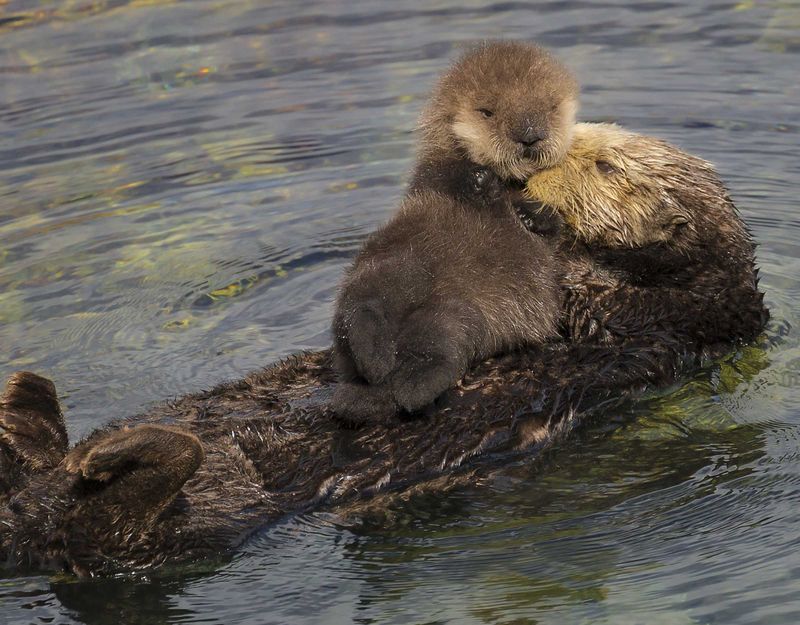
Along Pacific coastlines, female harbor seals occasionally adopt abandoned sea otter pups. The difference in fur texture doesn’t deter these maternal pinnipeds from providing warmth and protection to the fluffy orphans.
Marine biologists note that both species share similar vocalizations for mother-pup communication. The adoptive seal mothers teach their otter babies to dive for food, though the otters retain their natural tool-using abilities even when raised by non-tool-using seal parents.
13. Deer Fostering Baby Rabbits
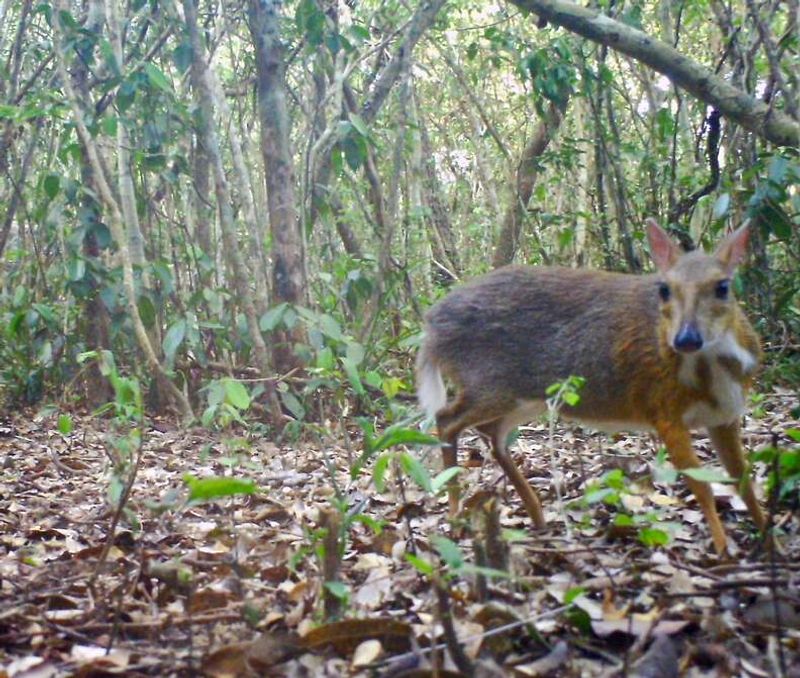
Female deer, particularly white-tailed does, sometimes adopt orphaned cottontail rabbits. The size difference is dramatic – adult rabbits weigh just pounds while deer reach over 100 pounds – yet maternal does recognize the baby bunnies’ vulnerability.
These adoptive deer mothers allow the rabbits to nurse alongside their fawns and protect them from predators. Wildlife cameras have captured these blended families moving together through forests, with rabbits following the deer’s lead on foraging patterns.
14. Cheetahs Bonding With Gazelle Calves
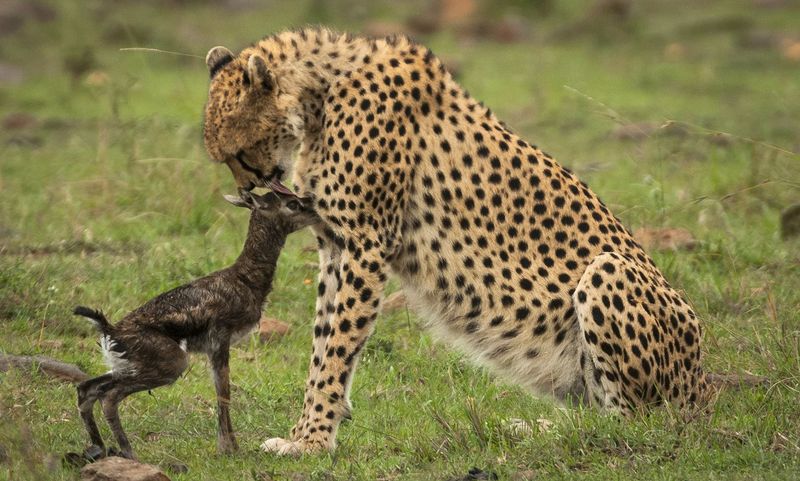
Safari guides have witnessed one of nature’s most surprising adoptions: cheetahs temporarily caring for baby gazelles – their natural prey. These rare instances typically occur when a female cheetah has recently lost her own cubs.
The maternal instinct temporarily overrides predatory drive, resulting in the cheetah protecting and grooming the gazelle. Sadly, these adoptions rarely last more than a few days before hunting instincts return, making this one of nature’s most bittersweet cross-species relationships.
15. Elephant Embraces Baby Rhino

Elephants, known for their profound empathy, occasionally adopt orphaned animals. This particular pachyderm found the baby rhino alone and in distress.
This relationship deepens the understanding of animal empathy and the surprising alliances formed in nature’s wild playground.
16. Penguin Protects Lost Seal Pup
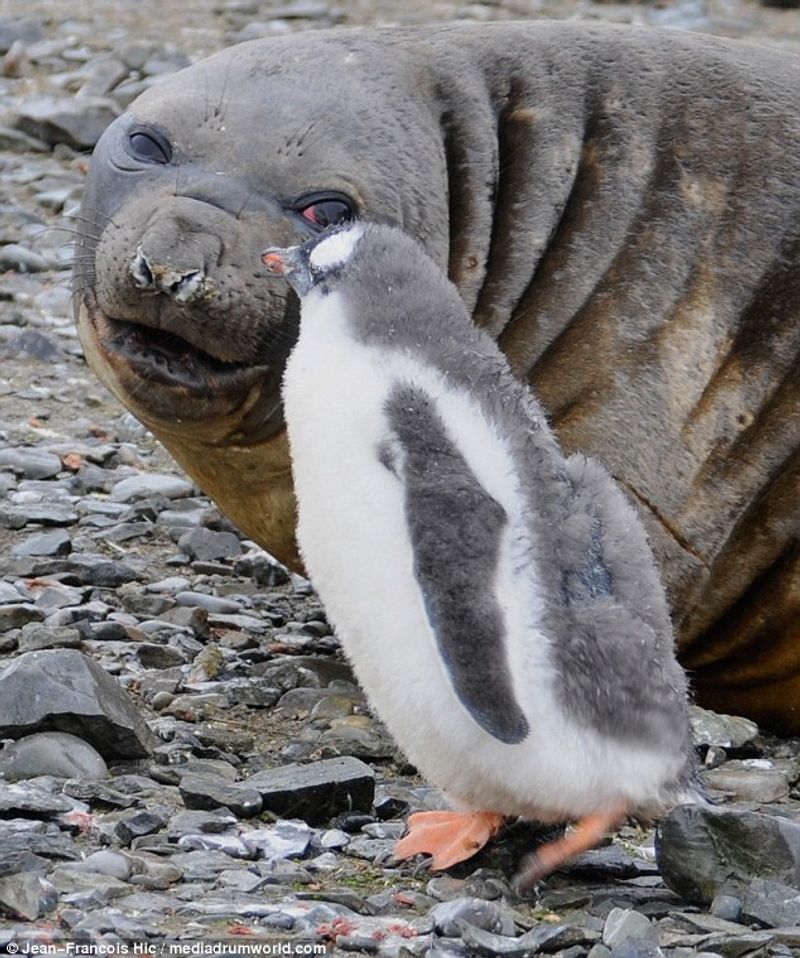
On the icy shores of Antarctica, a remarkable scene unfolds. A penguin, usually surrounded by fellow waddling companions, finds a lost seal pup shivering alone. Despite the differences in species and behavior, the penguin takes the pup under its care.
This unexpected friendship demonstrates nature’s unpredictable alliances, where survival often depends on the kindness and cooperation between unlikely pairs. Such stories remind us of the interconnectedness of all living beings, even in the most desolate environments.

